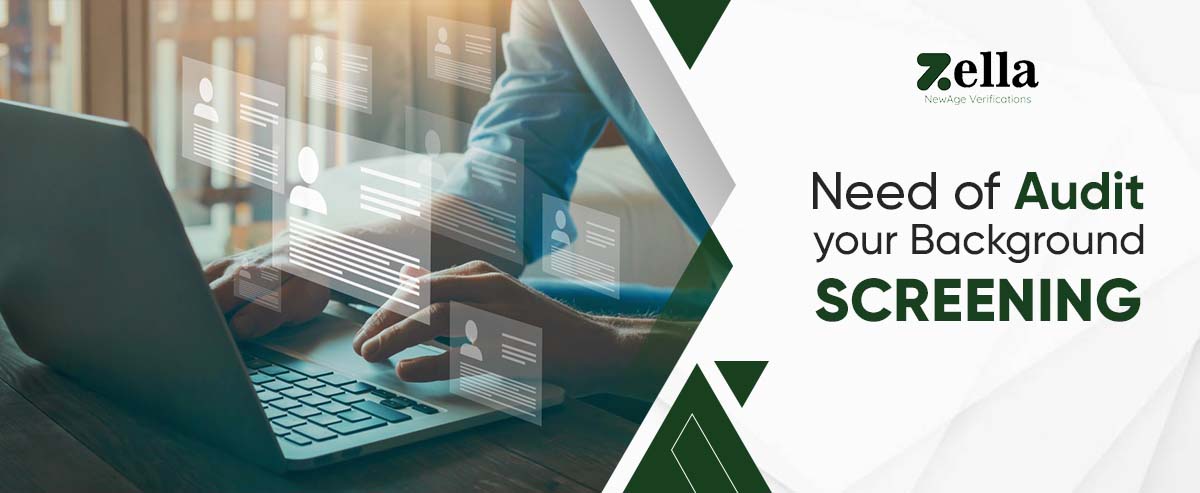
Are you Auditing Your Background Screening Program from time to time?
Background checks are always a good idea, but they are even more important in the world we live in now. With cybercrime and terrorist threats on the rise, it’s more important than ever to make sure your employees are who they say they are. That means you have to do a full background check on everyone you hire. But can you be sure that your BGV program is perfect while you do all these checks?
Audits should be performed on a regular basis. Doing so will guarantee accurate and complete data. If possible, every 3-5 years, but more often if necessary. Someone acquainted with the program and its data must conduct audits. Here are the two most important questions you should be asking while auditing your BGV program.
Have you considered whether or not the people you’re checking up on have the right kind of background for the jobs available?
If you’re not sure if your program for checking people’s backgrounds is appropriate for the candidates you’re screening, consider the following factors:
1) Is the position a high-risk position?
If the position involves contact with the public or complex financial transactions, then a background check may be necessary. Other high-risk positions may include positions that require handling sensitive information, positions that require travel outside of the United States, or positions in which there is a potential for physical harm.
2) Do you need to verify certain items on the candidate’s resume?
Some background checks specifically ask for information about criminal history and/or mental health issues. If you need to verify any items on a candidate’s resume, make sure to ask questions during your interview process so that you can properly screen them.
3) Is this role sensitive or confidential?
If background check information may be readily leaked or stolen, don’t perform one. Law enforcement and healthcare occupations entail public trust and secrecy.
Does your applicant tracking system work in tandem with your background check software?
You should connect your applicant tracking system (ATS) to your background check program so that all of the information is saved in one place. Integration makes it easier to find data problems, cut down on fraud, and make better decisions. ATS could also help with getting in.
To make sure your programs work well together, make sure they use the same words and steps. For example, in your applicant tracking system, use words like “candidate,” “applicant,” and “new hire.” Use the same choices for the fields on your applications (like date of birth, level of education, etc.) and put all of your applicants’ information in a single master file.
Once all of your programs are working together, you can set up ATS to send automated alerts whenever a new or updated application comes in. This way, you’ll know right away if something strange happens. You can also set up rules that automatically reject or accept applications based on certain conditions. This will help you avoid problems before they happen and make sure everything goes smoothly with your application.
Overall, your hiring process will be faster and more accurate if you can get your background check program and applicant tracking system (ATS) to work well together.
Conclusion
Conducting your own proactive “pre-audit” is not as overly cautious as it may sound from the recommendations above due to the ever-changing nature of the laws, regulations, and technology involved in today’s background screening process. Mistakes in conducting background checks can cost you dearly in the form of fines from regulators, judgments in litigation, or brand damage in the event of high-profile class actions. Be smart, and be ready.

Leave a Comment